Ry Cooder hit New York in the winter of 1970 opening for Captain Beefheart, a bigger name at the time, in support of his first record, Ry Cooder. As obscure as it was, I had already discovered that record (I worked at a radio station) and I can still say today, it was one of the most important finds of my life. I scrambled to set up an interview.
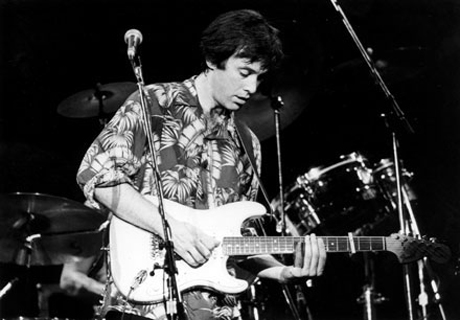 Ry Cooder then (1970\’s)
Ry Cooder then (1970\’s)
He was just a kid and so was I, but what struck me about him was how fully-formed he seemed. He had found his life’s work, defined it, settled into, and was succeeding in it–all at the tender age of 23.
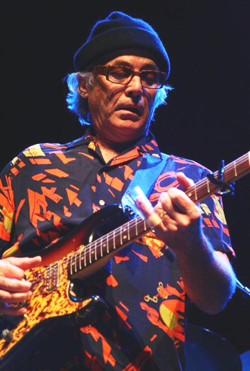 Ry Cooder now
Ry Cooder now
Sure enough, all these years later, you can look back over Ry Cooder’s distinguished career and see little deviation from the principles he was already operating by: undeviating devotion to roots music, discovery and promotion of little known authentic folk musicians past and present (mostly in country blues or “world” music), a tendency to represent social underdogs, and in his own life, a balance of live performance and studio creation, fueled by a passion for the guitar and driven by his own virtuoso slide and finger-picking ability, plus a rough, authentic singing style that suited the music he loved. If you listen to the entire interview, (both parts,) it’s all there.
Here again is Ry Cooder at age 23. (Note: this is Part 2 of 2. It lasts about 25 minutes. To hear Part 1 [Click for Part 1].
Ry Cooder 1970 Interview, Part 2:
Some Odds & Ends
Here are a couple of cuts from that first album, Ry Cooder.
Available Space is probably the first Ry Cooder cut I ever heard. I had no idea how it was done.
Goin’ to Brownsville is one of my favorites because it features Cooder on mandolin, an instrument dear to my heart.
One of the best free sources of Ry Cooder’s music is, oddly enough, YouTube. You can bounce all over it and find Ry Cooder in this band, that band. It’s worth taking a look just to find gems like this Little Village video.
Little Village was the short-lived supergroup –– Ry Cooder, Nick Lowe, John Hiatt, Jim Keltner –– that made one CD, in 1992, and only performed live a few times. Here they are on the Tonight Show in ’92, performing “Fool Who Knows.” Ry Cooder is on your right, wearing a headband. Singing is Nick Lowe (who wrote the song), with his hair in a perfectly ridiculous do (oh well, he’s English).
The “Van Dyke” Cooder mentions a lot in both parts of the interview is Van Dyke Parks, a famously talented and eccentric musician and producer at that time.
Finally…
After the interview, Cooder shared a few tips with me on playing bottleneck –– for example, how to hot-rod open G tuning by dropping your A string down–and tuning your low E up–to the same G, giving you a growly unison G drone. I went home, punched out the bottom of a Coricidin bottle, and started practicing. Two years later, in Boston, I added bottleneck to my guitar mix in a bar band called Crow’s Nest.
If you want to hear how I put Cooder’s bottleneck secrets to work, here is a demo cut by songwriter Arthur “RT” Miller, a friend from New York, who had a free session at Longview Farm Studios, west of Boston, and needed some musicians. He called me and I pulled together some Boston guys I knew–notably Rooster Van Dyke, bass, and his buddy Gerard on drums. They were one of the best rhythm units I had ever heard (listen, if you don’t believe me). I took along my Fender, my fiddle, and the cheap wreck of a “surfer” guitar I used for electric bottleneck–garish sound, awful action, both great for my brand of bottleneck.
Admittedly, the cut is noisy, production raw, and folks, I was no Ry Cooder, that’s for sure. Still it’s fun to listen, 40 years later. There’s a certain hm, exuberance. We were having some fun (probably way too much fun). But what the heck, this blog IS called “1 Writer’s Life,” and that it is. If you have the patience…enjoy.
Sheltering Pines. Demo. Arthur “RT” Miller (song and vocal, keyboards), Rooster Van Dyke (bass), Gerard (drums), Bill Henderson (bottleneck guitar). Session: Longview Farm Studio, 1972.
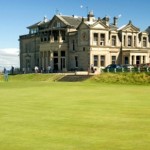

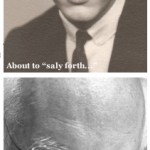

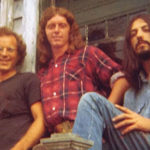
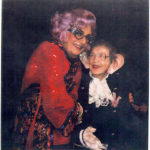

Comments on this entry are closed.